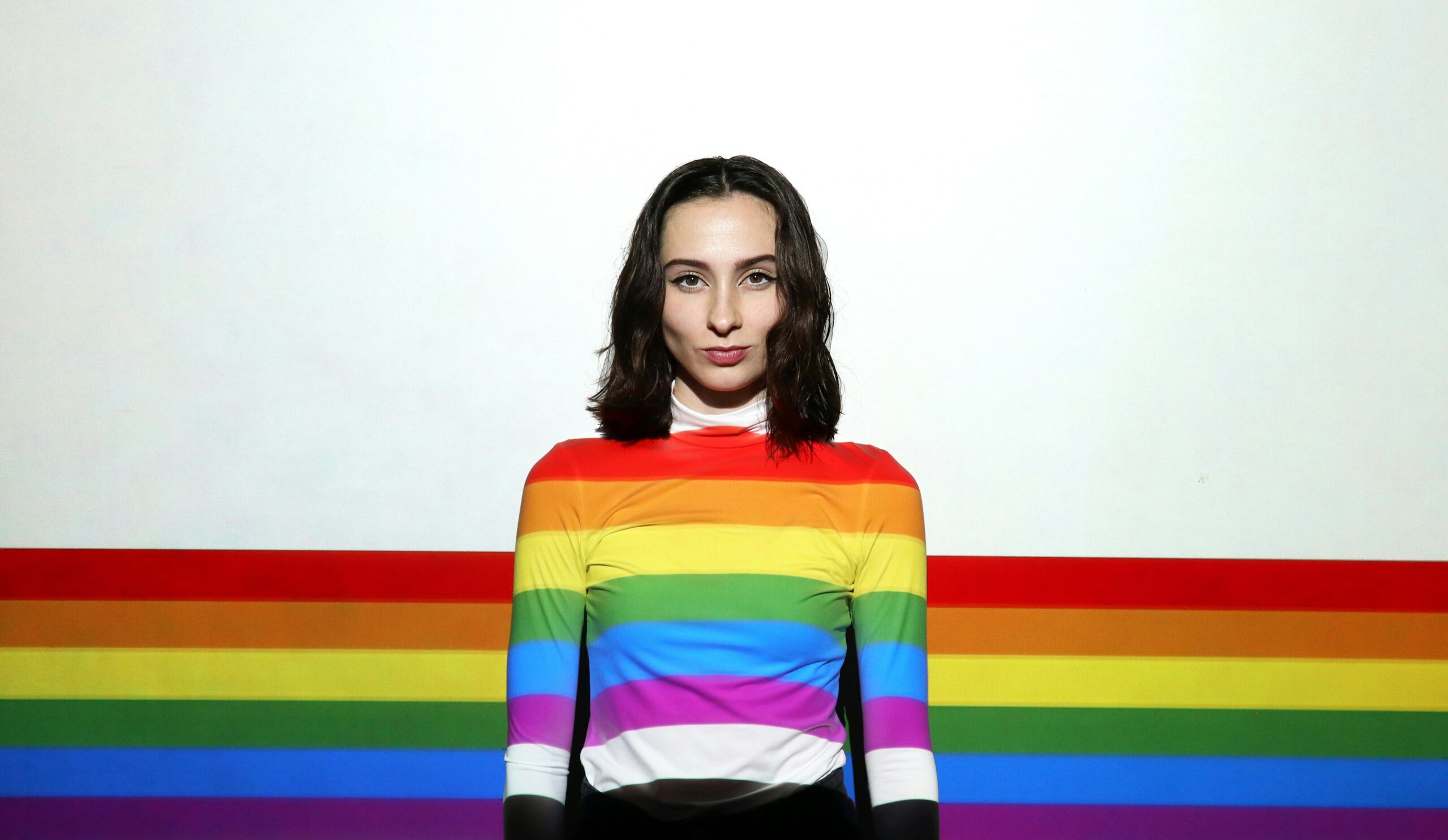
Unveiling the Veil on Gay Creativity in the Middle East
In the tapestry of human diversity, the thread of creativity weaves a vibrant pattern that distinguishes us from all other forms of life. However, in the context of the Middle East, particularly in countries like Dubai and Saudi Arabia, this fabric of creative expression bears a notable absence – that of openly gay artists flourishing in their craft. This silence raises poignant questions about the intersection of sexuality, religion, and artistic freedom in these societies.
At the heart of this discourse lies a fundamental paradox: the intrinsic human urge to create versus the societal constraints that stifle such expression. For centuries, art has been a sanctuary where individuals can transcend boundaries, challenge norms, and present new perspectives. Yet, in many Middle Eastern nations, the rigid constraints of religious and cultural conservatism often cast a shadow over this freedom.
The question is, as a Muslim, am I allowed to appreciate gay artists and admire their work?
Navigating the complexities of today’s extreme “woke” society can be challenging, as we confront not only confusion but also fear regarding the words we may unintentionally utter. However, in the realm of art, it’s crucial to recognize that appreciating creativity does not necessarily entail converting or fully understanding someone’s sexual orientation. What matters most is fostering a culture of respect for fellow artists, irrespective of their sexuality, and embracing the richness of their creative contributions.
One of the central issues that is widely spread is the suppression of LGBTQ+ identities in these regions. The complexities of reconciling personal identity with societal expectations create a suffocating environment for many gay individuals, especially those in the artistic realm. The fear of ostracization, persecution, or even legal repercussions stifles the blossoming of their creative potential.
Religion, as a guiding force in many Middle Eastern societies, often becomes a focal point in discussions about LGBTQ+ rights and creative expression. The interpretation and application of religious teachings vary widely, leading to divergent attitudes toward homosexuality and its place in the public sphere. While some argue for a more inclusive interpretation, others staunchly uphold traditional views that view homosexuality as incompatible with cultural and religious values.
The question then arises: Can these societal barriers be dismantled to create a space where gay artists are not only accepted but respected for their creative contributions?
Alexander McQueen, Yves Saint Laurent, Tom Ford, Gianni Versace, Valentino, and Alexander Wang—what unites them? They are all super successful gay fashion designers. These high-end luxury house names are draped all over malls in Dubai and embraced daily by Islamic citizens, Yet, amidst this acceptance of high-end fashion, why is it still a challenge for a gay artist to open an art gallery and showcase their work in these regions?
History has shown that the trajectory of social change is often unpredictable yet inevitable. As global conversations around LGBTQ+ rights gain momentum and visibility, there are glimmers of hope that attitudes in the Middle East may evolve. Initiatives promoting diversity and inclusivity, albeit nascent, signal a growing awareness of the need to embrace all forms of human expression.
However, the journey toward acceptance and respect for gay artists in these regions is fraught with challenges. Deep-seated cultural norms, legal frameworks that criminalize homosexuality, and societal stigma continue to pose formidable obstacles. The road ahead demands not just legislative reforms but a shift in societal attitudes, fostering empathy, understanding, and a recognition of the intrinsic value of diverse voices in the artistic landscape.
In envisioning a future where gay artists in the Middle East can thrive without fear or prejudice, it is essential to acknowledge the power of dialogue, education, and advocacy. By amplifying the voices of those at the intersection of art and identity, we can catalyse meaningful change and pave the way for a more inclusive and vibrant artistic community.
As we navigate these complex intersections of culture, religion, and creativity, one thing remains clear – the human capacity for imagination, innovation, and expression knows no bounds. It is in embracing this diversity of perspectives, experiences, and identities that we truly harness the transformative power of art and pave the path towards a more inclusive and enlightened future.
Lulu Nassar
@artdubai.online
Saturday 13th April 2024
